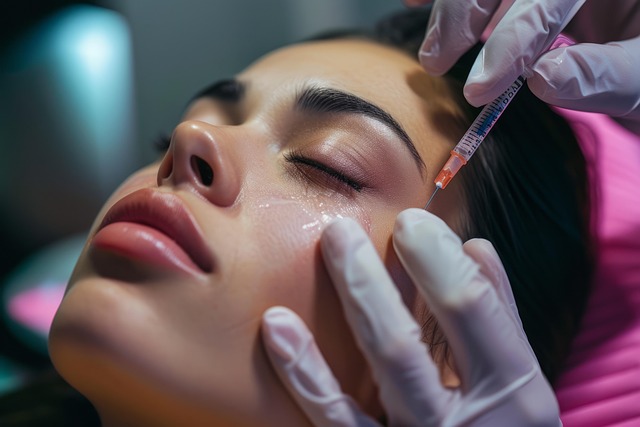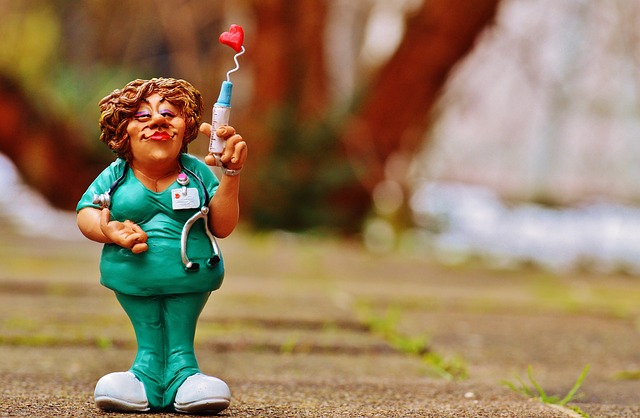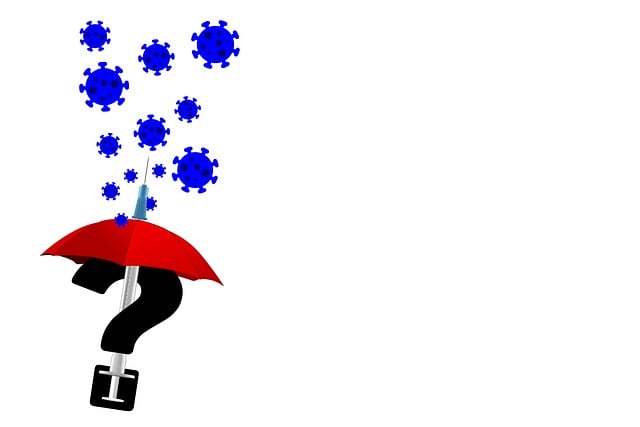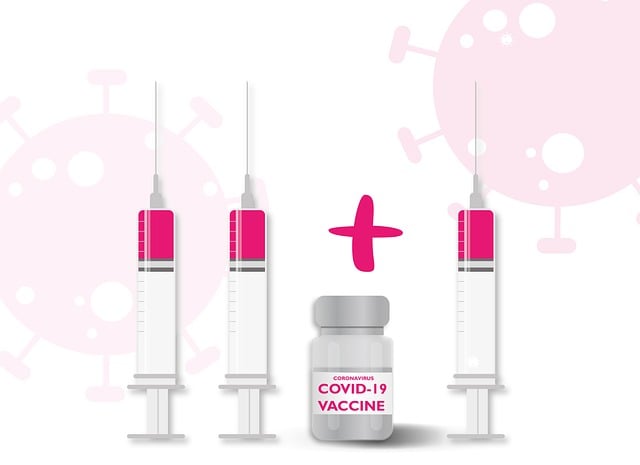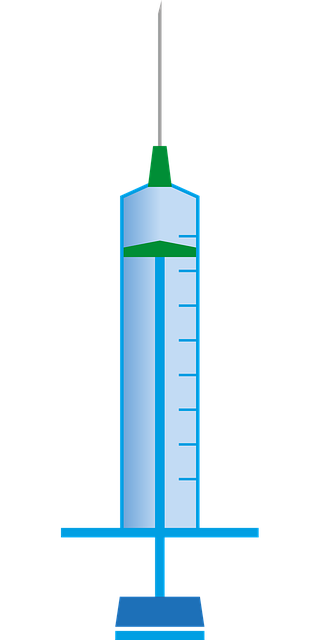Ozone therapy, an eco-friendly and powerful tool for wildlife conservation, especially in Eagle ID programs, utilizes medical ozone (O3) to accelerate healing and boost immune systems of injured eagles. This ancient gas has antimicrobial and anti-inflammatory properties that promote faster recovery from traumas and infections, reducing reliance on chemical drugs with environmental impacts. Recent case studies prove its effectiveness, making it a valuable method for rehabilitating eagles and contributing to their long-term survival in the wild. With technological advancements, portable ozone generators are being developed for field use, enabling on-site treatment closer to natural habitats, while ongoing research optimizes protocols tailored to different species' needs.
“Unleashing the power of nature’s healing agent, this article explores the innovative intersection of ozone therapy and wildlife conservation through an eco-friendly lens. We delve into how Medical Ozone, a sustainable alternative, is revolutionizing eagle ID programs and rehabilitation. Balancing ecosystem health with effective healing practices, we examine case studies showcasing successful ozone applications for injured eagles, highlighting its potential to transform wildlife care. Prepare to discover the future of eco-conscious conservation.”
- Understanding Ozone Therapy and Its Benefits for Wildlife Rehabilitation
- The Role of Eagles in Ecosystem Balance and the Need for Eco-Friendly Healing Practices
- Medical Ozone: A Sustainable Alternative for Enhancing Wildlife Health
- Integrating Ozone Treatment into Eagle ID Programs: Best Practices and Implementation Strategies
- Case Studies: Successful Ozone Applications for Injured or Sick Eagles
- Future Prospects: Advancements in Eco-Friendly Ozone Therapy for Wildlife Conservation
Understanding Ozone Therapy and Its Benefits for Wildlife Rehabilitation
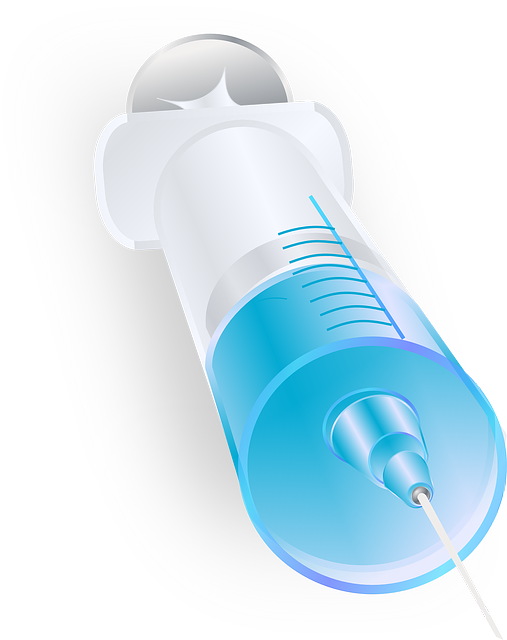
Ozone therapy, a cutting-edge approach in wildlife rehabilitation, harnesses the power of medical ozone (O3) to promote healing and restore health. This innovative treatment involves the controlled administration of ozone gas, which has demonstrated remarkable benefits for various species, including eagles. By injecting or inhaling ozone, damaged cells and tissues can be rejuvenated, fostering faster recovery rates compared to traditional methods.
In the context of Eagle ID, an identifier for injured or rehabilitating birds of prey, ozone treatment offers a sustainable and eco-friendly solution. It reduces the reliance on potentially harmful chemicals or invasive procedures, aligning with conservation efforts. The benefits extend beyond physical healing; ozone therapy can boost the immune system, ensuring eagles are better equipped to withstand post-rehabilitation challenges. This holistic approach not only accelerates recovery but also enhances the overall well-being of these magnificent birds, contributing to successful wildlife conservation and rehabilitation outcomes.
The Role of Eagles in Ecosystem Balance and the Need for Eco-Friendly Healing Practices

Eagles, as majestic symbols of strength and freedom, play a pivotal role in maintaining the delicate balance of ecosystems worldwide. These raptors are apex predators that keep prey populations in check, ensuring biodiversity and ecological stability. In many cultures, eagles represent not just power but also wisdom and connection to nature. However, traditional healing practices often overlook the significance of these birds, especially in the context of modern medical treatments like Ozone Treatment Eagle ID.
The need for eco-friendly healing practices is more critical than ever before. As human activities encroach upon natural habitats, disrupting ecosystems, it becomes imperative to adopt sustainable approaches to healthcare. Ozone treatment, with its potential benefits for various ailments, can be a game-changer in medicine while also ensuring environmental harmony. By embracing eco-conscious methods, we not only preserve the balance of nature but also contribute to the well-being of these majestic eagles and the planet as a whole, fostering a harmonious relationship between humans and the natural world.
Medical Ozone: A Sustainable Alternative for Enhancing Wildlife Health
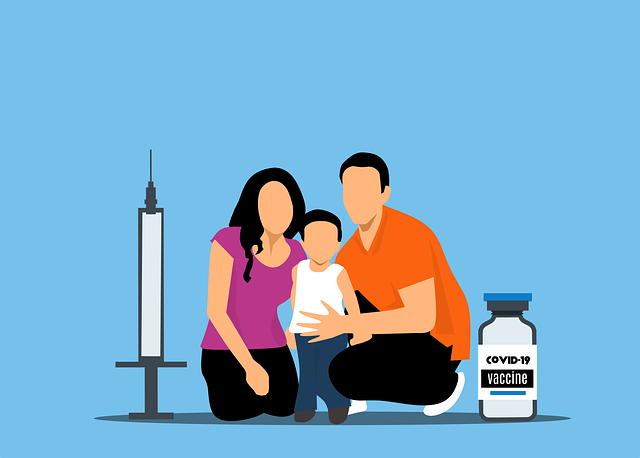
Medical ozone has emerged as a sustainable and powerful alternative for enhancing wildlife health, particularly in the context of eagle ID (Identification) programs. Ozone treatment, often referred to as ozone therapy, involves the use of medical-grade oxygen (O3) to combat various pathogens and promote healing. This eco-friendly approach is especially beneficial for endangered species like eagles, where traditional treatments might have negative environmental impacts.
By utilizing ozone treatment, wildlife rehabilitation centers can effectively manage diseases and injuries without relying heavily on chemical drugs. Ozone has powerful antimicrobial properties, making it a natural disinfectant that can help in the prevention and treatment of infections. This sustainable method not only supports the long-term health of eagles but also aligns with the growing global effort to minimize the ecological footprint of medical practices.
Integrating Ozone Treatment into Eagle ID Programs: Best Practices and Implementation Strategies
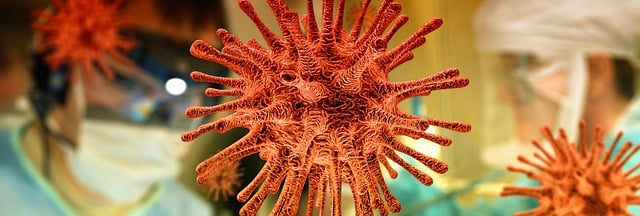
Integrating Ozone Treatment into Eagle ID programs presents a promising approach for enhancing wildlife rehabilitation and conservation efforts. This ancient gas, ozone, offers powerful antimicrobial and anti-inflammatory properties that can aid in healing wounds, reducing infection risk, and promoting faster recovery among eagles. Best practices involve implementing controlled ozone exposure protocols tailored to eagle species’ specific needs. These include optimizing chamber design, ensuring proper ventilation, and monitoring oxygen levels during treatment sessions.
Effective implementation requires collaboration between veterinarians, wildlife rehabilitators, and conservation organizations. Standardized training programs for handling and administering ozone safely are essential. Additionally, establishing clear guidelines for patient selection, treatment frequency, and duration will ensure optimal outcomes. By embracing the potential of Ozone Treatment, Eagle ID initiatives can contribute to a more sustainable future for these majestic birds, fostering their long-term survival and thriving populations in the wild.
Case Studies: Successful Ozone Applications for Injured or Sick Eagles
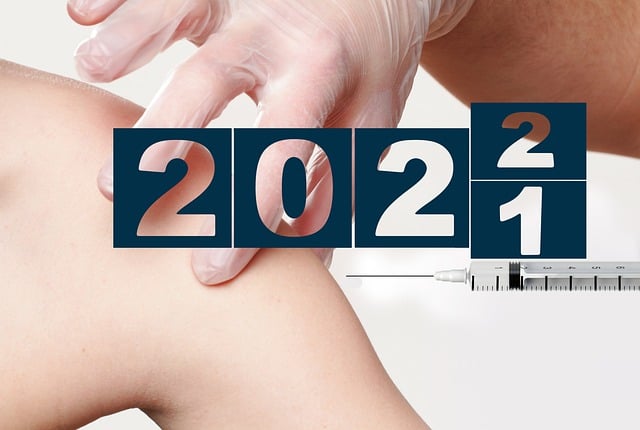
In recent years, case studies have demonstrated the successful application of medical ozone for treating injured or sick eagles. These studies highlight the potential of ozone treatment in enhancing healing processes and improving the overall well-being of these majestic birds. For instance, research has shown that ozone therapy can significantly speed up the recovery of eagles suffering from various traumas, such as broken bones or severe burns, by promoting tissue regeneration and reducing inflammation.
Additionally, ozone has been found effective in managing infectious diseases prevalent among eagle populations. By strengthening their immune systems, ozone treatment can help prevent and combat bacterial and viral infections that often pose significant threats to these birds of prey. These case studies not only underscore the safety and efficacy of ozone treatment for eagles but also emphasize its role as a sustainable and eco-friendly alternative in wildlife conservation efforts, particularly in ID programs focused on protecting and rehabilitating injured or sick eagles.
Future Prospects: Advancements in Eco-Friendly Ozone Therapy for Wildlife Conservation
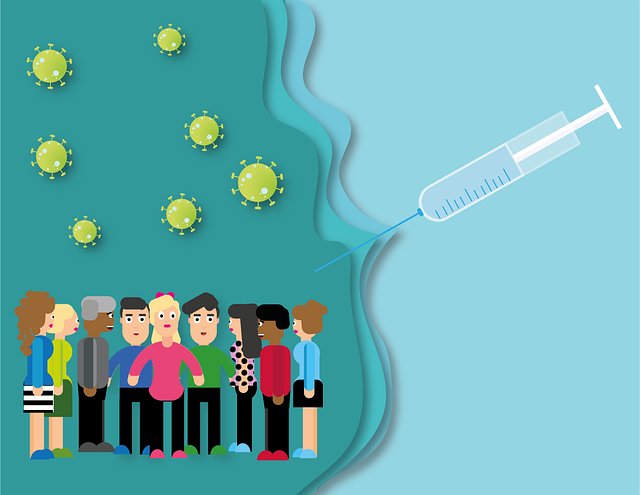
The future of eco-friendly and sustainable medical ozone healing for wildlife conservation looks promising, with advancements in technology paving the way for more effective and accessible Ozone Treatment Eagle ID. Researchers are continuously exploring innovative methods to harness the power of ozone while minimizing environmental impact. One area of focus is developing portable and efficient ozone generators designed specifically for field use, enabling on-site treatment of injured or sick wildlife.
These advancements will significantly enhance the reach and applicability of ozone therapy, allowing conservationists to provide critical care closer to the habitat. Additionally, ongoing studies aim to optimize ozone protocols tailored to different species’ needs, ensuring the most effective yet gentle healing approaches. By combining these technological strides with a deep understanding of avian physiology, we can expect to see improved outcomes in eagle ID cases and contribute to the broader goal of wildlife conservation.
Ozone therapy, a powerful eco-friendly tool, offers significant benefits for wildlife rehabilitation, particularly in the context of eagle ID programs. By integrating medical ozone into their practices, conservationists can enhance the health and recovery of injured or sick eagles while minimizing environmental impact. The successful case studies highlighted demonstrate the potential of this sustainable approach, positioning ozone treatment as a valuable game-changer in wildlife conservation efforts. As research advances, eco-friendly ozone therapy is poised to play an increasingly crucial role in maintaining ecosystem balance and ensuring the long-term survival of majestic birds like eagles.

